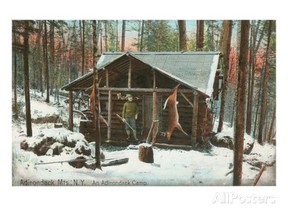 The first pioneers traveled through the wilderness by foot, horseback, and wagon.
The first pioneers traveled through the wilderness by foot, horseback, and wagon.
They usually followed animal runs or paths made by Indians.
Food for meals were usually cooked together in one pot.
A pot was well cared for and often lasted for decades.
When a cabin was built, the floor was just the dirt ground. The pioneers made tables from planks, and made benches or stools instead of chairs. In the winter, the family ate and stayed warm in the kitchen, since this was the only room with a fireplace. If the cabin only had one room, the family slept in the kitchen, too.
What they had to eat depended on the season. They usually had some form of corn at almost every meal. They ate multi-colored Indian corn, not the yellow sweet corn we eat today.
Wild meat might be venison, geese, partridge, turkeys, pigeons, rabbits, squirrel, fish and eels. They often raised pigs, cows, chickens, ducks, and goats.
The pioneers gathered herbs, roots, berries and nuts from the forest, and ate dandelion and poke leaves for fresh greens. The rest of the food came from their fields and gardens.
They stored root vegetables (onions, potatoes and carrots) in a root cellar so they had food in the winter. They also dried fruits and vegetables, smoked or cured meat, and made bread. If they had a goat or cow, they had milk and could make cheese and butter.
Image from All Posters
=====================================================
NOTE: I love collecting old cookbooks, so I've gathered pioneer recipes from books I own. Some older cookbooks have been reproduced and you can find them on Amazon. If a book is out of print, individuals may have copies for sale.
I took photos of the covers from the books I used for this article. . ~~ Burntchestnut ~~


 The first pioneers traveled through the wilderness by foot, horseback, and wagon.
The first pioneers traveled through the wilderness by foot, horseback, and wagon.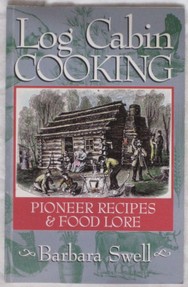 CORN
CORN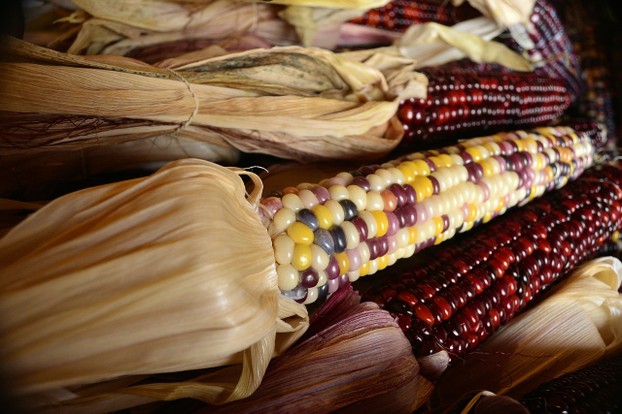
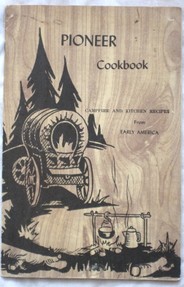
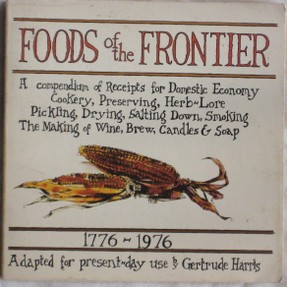








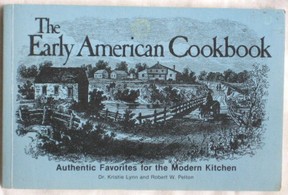 Navaho Bean Balls
Navaho Bean Balls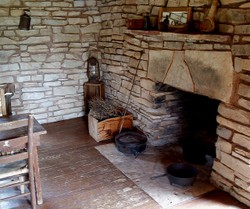

 I Loved to Read in Grade School (in the 1960s)on 09/29/2018
I Loved to Read in Grade School (in the 1960s)on 09/29/2018
 Halloween Memories from the 1960son 09/17/2018
Halloween Memories from the 1960son 09/17/2018
 What on Earth is Earthing?on 06/03/2015
What on Earth is Earthing?on 06/03/2015
 Worm Manure (Castings) Is The Best Organic Fertilizeron 05/25/2015
Worm Manure (Castings) Is The Best Organic Fertilizeron 05/25/2015

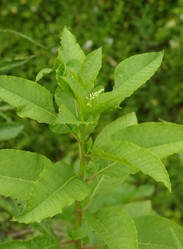
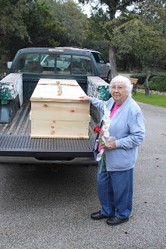
Comments
candy47 - Make sure you don't use the first snow of the season - it'll bring down dirt from the atmosphere. The next snows will be clean.
Great bit of culinary history, very interesting. I going to try making Snow Cream!
evelynsaenz - I didn't have the same experience since I was a kid of the 1960 and lived in the suburbs, although my dad did grow a small garden. But as an adult, I like to know about being self sufficient, although I don't think I'll ever hunt game.
So interesting to read about the way pioneers cooked when they first moved into an area. My family cooked this way when I was a child. We ate dandelions in the spring, often cooked in just one pot that had been handed down for generations and often at Johnny Cake or cornbread with our meals. We raised most all the food we ate and only went to a store a couple of times a year.
EmmaSRose - I'm happy you liked my article and thanks for sharing it.